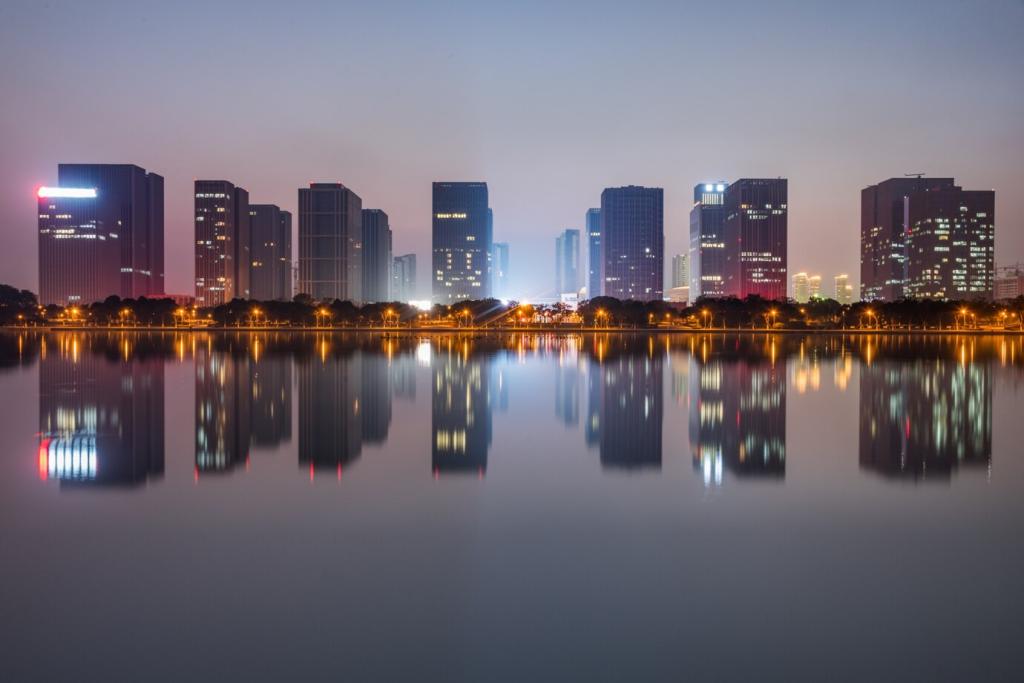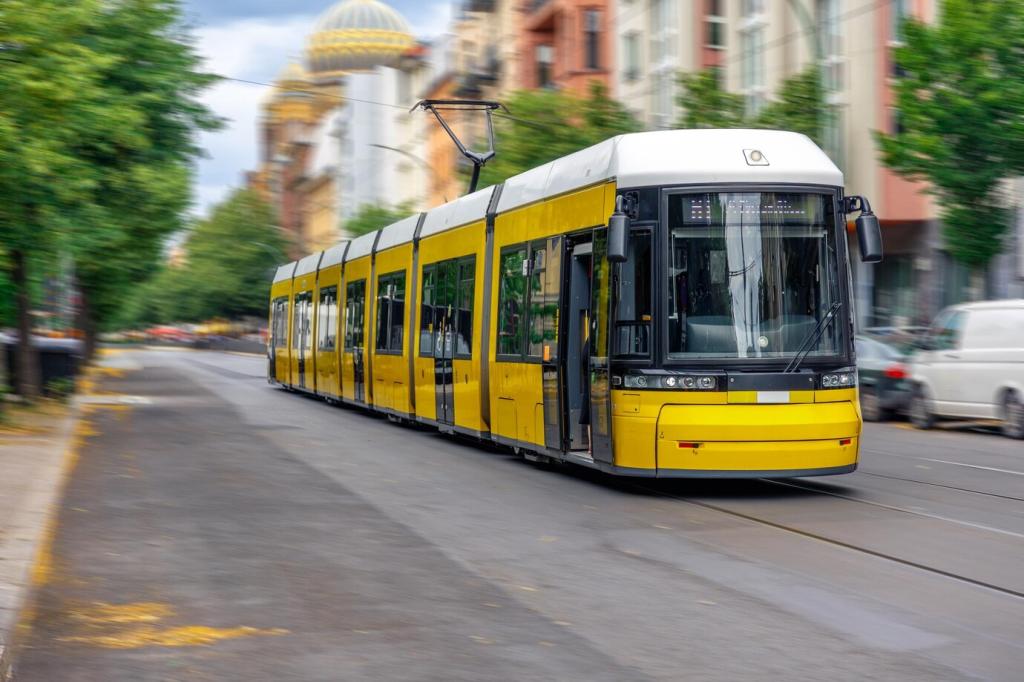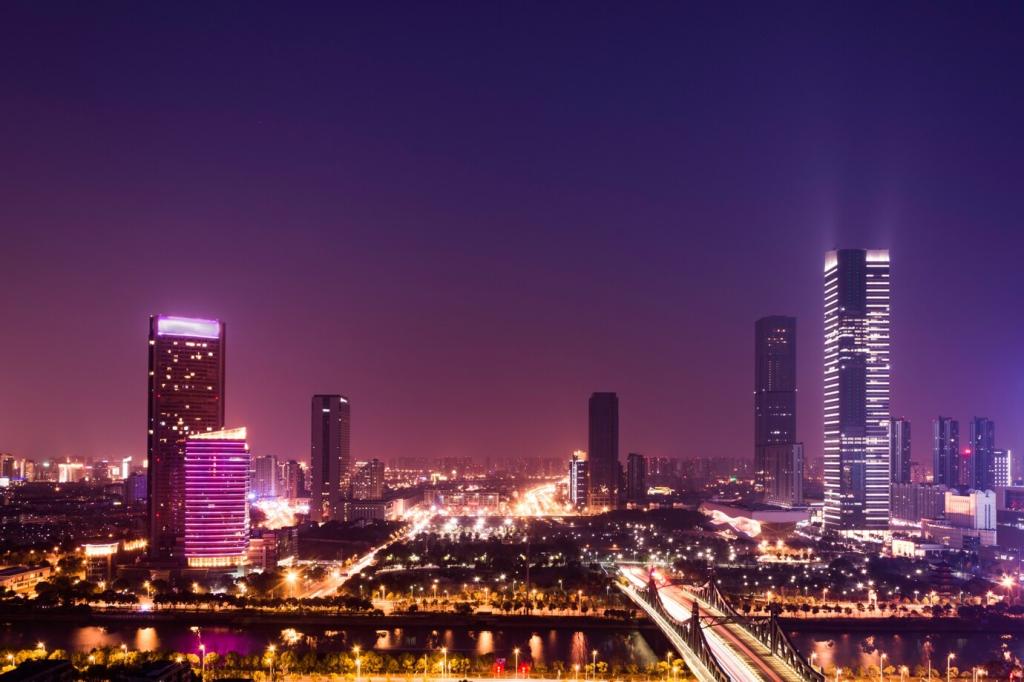Holding the Highlights: Exposure and Dynamic Range for Detail
Use live histograms and highlight warnings to keep limestone edges and glass etching intact. Slightly underexpose reflective materials, then lift midtones in post. Share before-and-after RAW conversions to discuss which tones preserved the strongest tactile cues.
Holding the Highlights: Exposure and Dynamic Range for Detail
Bracket modestly and blend with natural roll-off, avoiding crunchy halos that flatten material truth. Manual masking often beats aggressive auto-HDR. Post a layered breakdown showing how you kept cornice detail luminous without cartoonish contrast.
Holding the Highlights: Exposure and Dynamic Range for Detail
Higher bit depth preserves subtle transitions in stucco and oxidized copper. Choose neutral profiles to avoid baked-in contrast. Invite readers to compare 12-bit and 14-bit conversions, focusing on tiny tonal steps inside shadowed textures.




